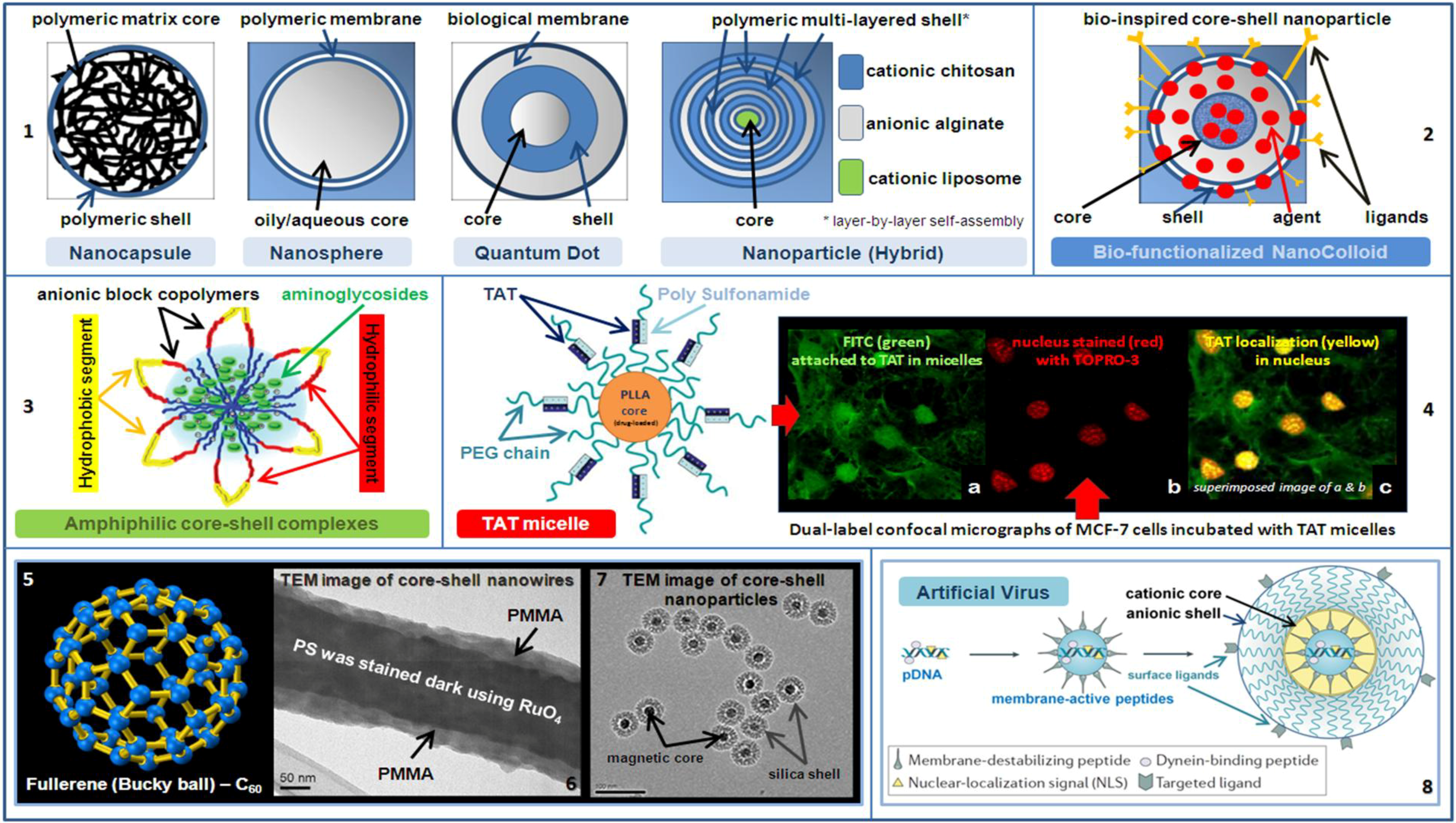
The resulting NPs may have potential applications in magnetic resonance imaging/optical imaging for the accurate detection of infectious diseases, bacteria sensing based on magnetic/optical signals, and hyper/photothermal therapy against antibiotic-resistant bacteria. The interaction of the mannose-functionalized NPs with bacteria was assessed by incubation with Escherichia coli to determine if the binding ability of mannose on the surface of the NPs remained. Schematic diagram for the synthesis of amine- functionalized core -shell Fe 2O 3-SiO 2 MNPs. After immobilization for 1 h, the substrate was Fig. The nanoparticles were characterized by X-ray, FT-IR spectroscopy, transmission electron microscopy, selected area electron diffraction, and vibrating sample magnetometry.

The r.sub.2 relaxivity of the aqueous NPs was 609.6 mM.sup.-1 s.sup.-1 at 9.4 T. The functionalized nanoparticles were adsorbed on the gold surface through the charge-neutral amine/gold interactions 3643. Fe 3 O 4 SiO 2 core-shell nanoparticles (NPs) were synthesized with the co-precipitation method and functionalized with NH 2 amino-groups. The NPs were transferred to water using amphiphilic polymers. Energy-dispersive X-ray spectroscopy mapping showed that the doped ions and Au ions were well distributed in the same NPs. These core particles were then shelled in a seeded emulsion polymerization reaction, employing styrene, divinylbenzene and methacrylic acid, to generate orthogonally functionalized core-shell microspheres which were internally labeled via the core thiol moieties through reaction with a thiol reactive dye (DY630-maleimide). The estimated saturation magnetization values of the Mn:Fe.sub.3O.sub.4 and NPs were ~36 and ~0.27 emu g.sup.-1, respectively. Mn:Fe.sub.3O.sub.4 NPs, 5.4 ± 0.6 nm in mean diameter, were coated with gold in an organic solvent to produce NPs, 9.5 ± 1.5 nm in size. Mn:Fe.sub.3O.sub.4 NPs as a core were synthesized using a thermal decomposition method. To date, there have been few reports on metal-doped NPs conjugated with a bacteria-targeting moiety. At acid condition smaller than pH 4.5, these particles aggregated due to a decrease in their negative zeta potential. Fe3O4SiO2core-shell nanoparticles (NPs) were synthesized with the co-precipitation method and functionalized with NH2amino-groups. At pH greater than 4.5, the PAA coated nanoparticles were well-dispersed for at least 1 month. The results indicated that the hydrophobic interaction caused strong retention of analytes, whereas the repulsive electrostatic interaction between the negatively charged 11-MUA SAMs surface and the negatively charged probe molecule would lead to the decrease of adsorption affinity.Abstract : This study examined the interaction of mannose-functionalized, metal-doped nanoparticles (NPs) with bacteria-prepared magnetically engineered multifunctional nanoplatforms for bacteria sensing and treatment. We observed core-shell structure of both gold and magnetite nanoparticles with 2-3nm PAA shell. To further study the surface properties of the SAMs, hydrophobic, ionic, and nonionic organic compounds were selected as probe molecules. The surface composition and structure of 11-mercaptoundecanoic acid (11-MUA) and 1-dodecanethiol (11-DDT) SAMs were characterized in detail using energy-dispersive spectroscopy (EDS), Fourier transform infrared spectroscopy (FT-IR), and X-ray photoelectron spectroscopy (XPS). The alkanethiolates, having carboxylic acid (COOH) and methyl (CH 3) terminal groups, can be easily self-assembled on the Fe 3O NPs substrates. Imidazole supported onto Fe3O4/Chloro-Silane core-shell nanoparticles was synthesized and characterized using different techniques including: SEM, XRD. Different samples of blood, serum, and tissue homogenate were collected at different time intervals in order. The antioxidant properties of these nanoparticles were investigated in heat stressed models of 21 rats (heat stressed group, group B).

This paper reports the synthesis of alkanethiolate-functionalized core/shell Fe 3O 4/Au nanoparticles (Fe 3O NPs) that combine the advantages of core/shell magnetic nanoparticles with self-assembled monolayers (SAMs). Herein, we assess the antioxidant potential of core-shell yttrium oxide nanoparticles functionalized with ethylene glycol methacrylate phosphate (EGMP).


 0 kommentar(er)
0 kommentar(er)
